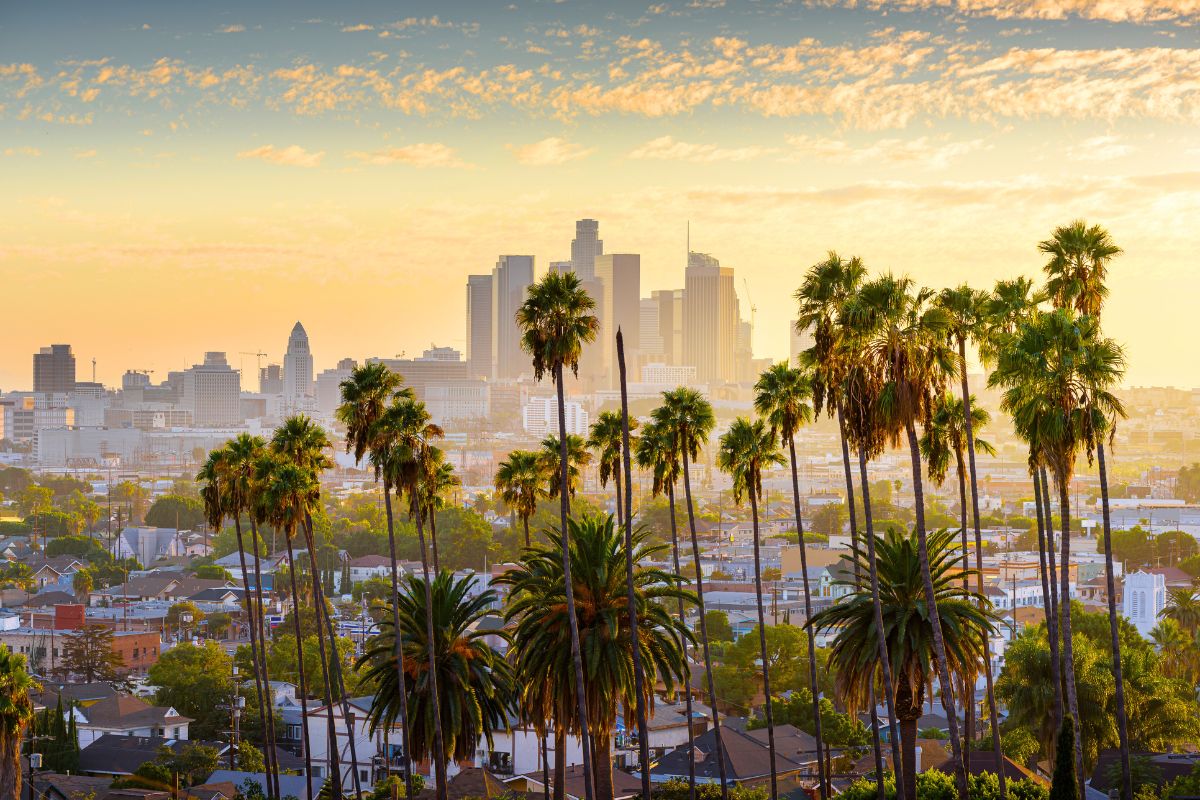When you think of a city, you might think of the food it offers, the scenic architecture or even the potential for a flawless movie backdrop. The appeal of a city’s unique qualities is often pulled from books and films on travel and self-discovery, which leads to the worldly stereotypes that might easily attract a traveler.
With the rise of AI, the outlook of different cities across the globe and how they compare to a local’s view of their home can now be easily visualized. We have taken to surveying the local city dwellers and their view of their cities to create AI-generated portrayals, alongside how the world stereotypes them, and some certainly differ more than others.
Los Angeles, USA
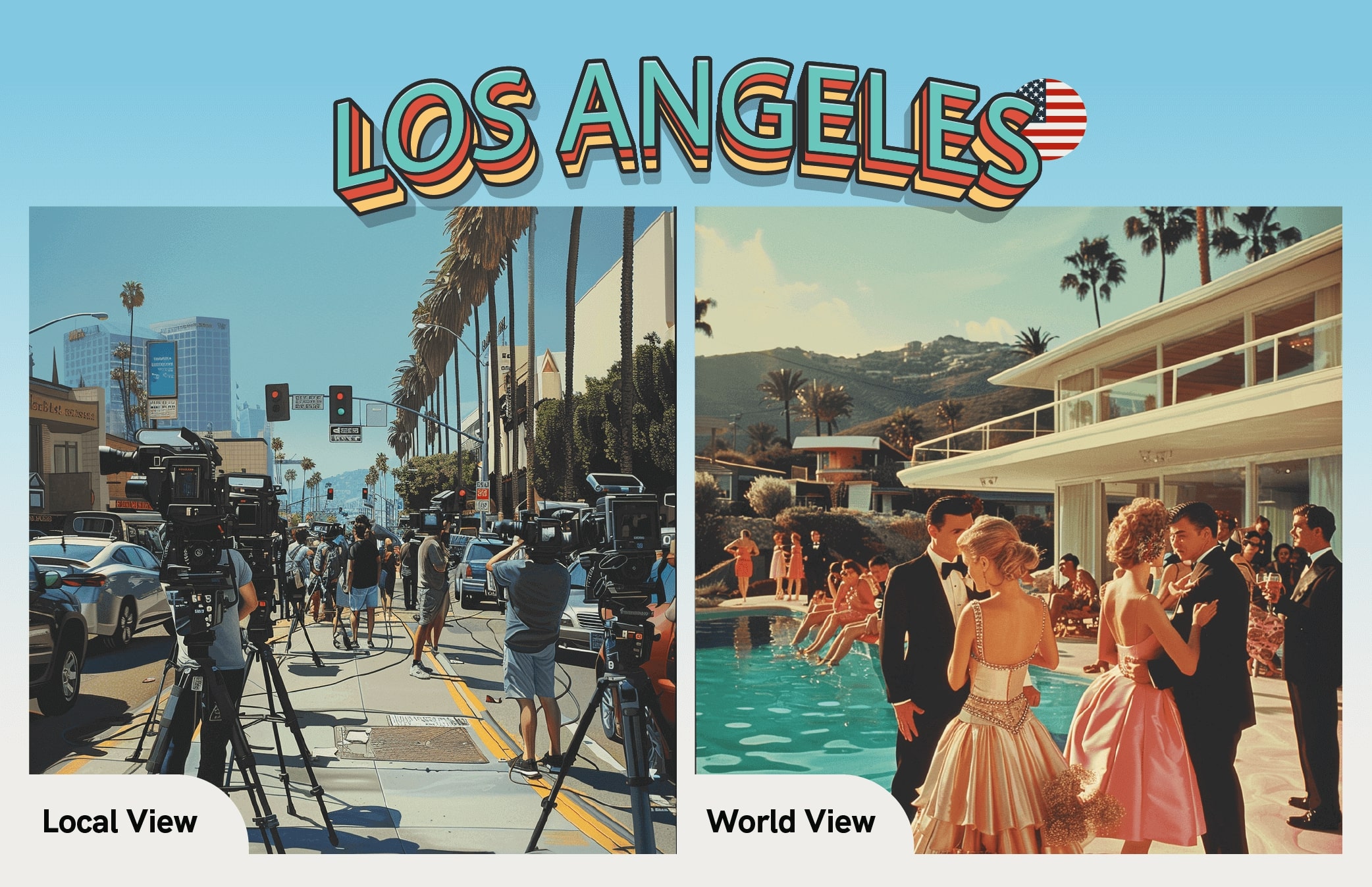
Beginning with LA, this city is often largely celebrated for its depiction in various popular reality TV shows such as Keeping Up with the Kardashians, the Real Housewives of Beverly Hills and Selling Sunsets, where the glitz and glamour can shape a visitor’s expectations of that lifestyle when they travel to California.
This stereotype of wealth is proven true as it is ranked as the third U.S. city with the most
millionaires, with approximately 212,100 listed millionaires and 43 listed billionaires out of an estimated population of 3.9 million residents. However, this coincides with complaints of streets being congested, recent traffic studies revealing that LA is the ninth slowest city in the U.S., with locals being stuck in their cars for an average of 86 hours during rush hour.
For many, Los Angeles is both a city break and a beach holiday, with over 24 miles of beaches in the west. It is also the home of Hollywood, dubbed Tinseltown, which was established in the early 20th century and known for housing the ‘Big Five’ illustrious film studios, an oasis of opportunity for those desiring fame and fortune on the silver screen.
Wanting a spur-of-the-moment trip? Have a look at our suggestion of the best places to visit in Los Angeles.
Paris, France
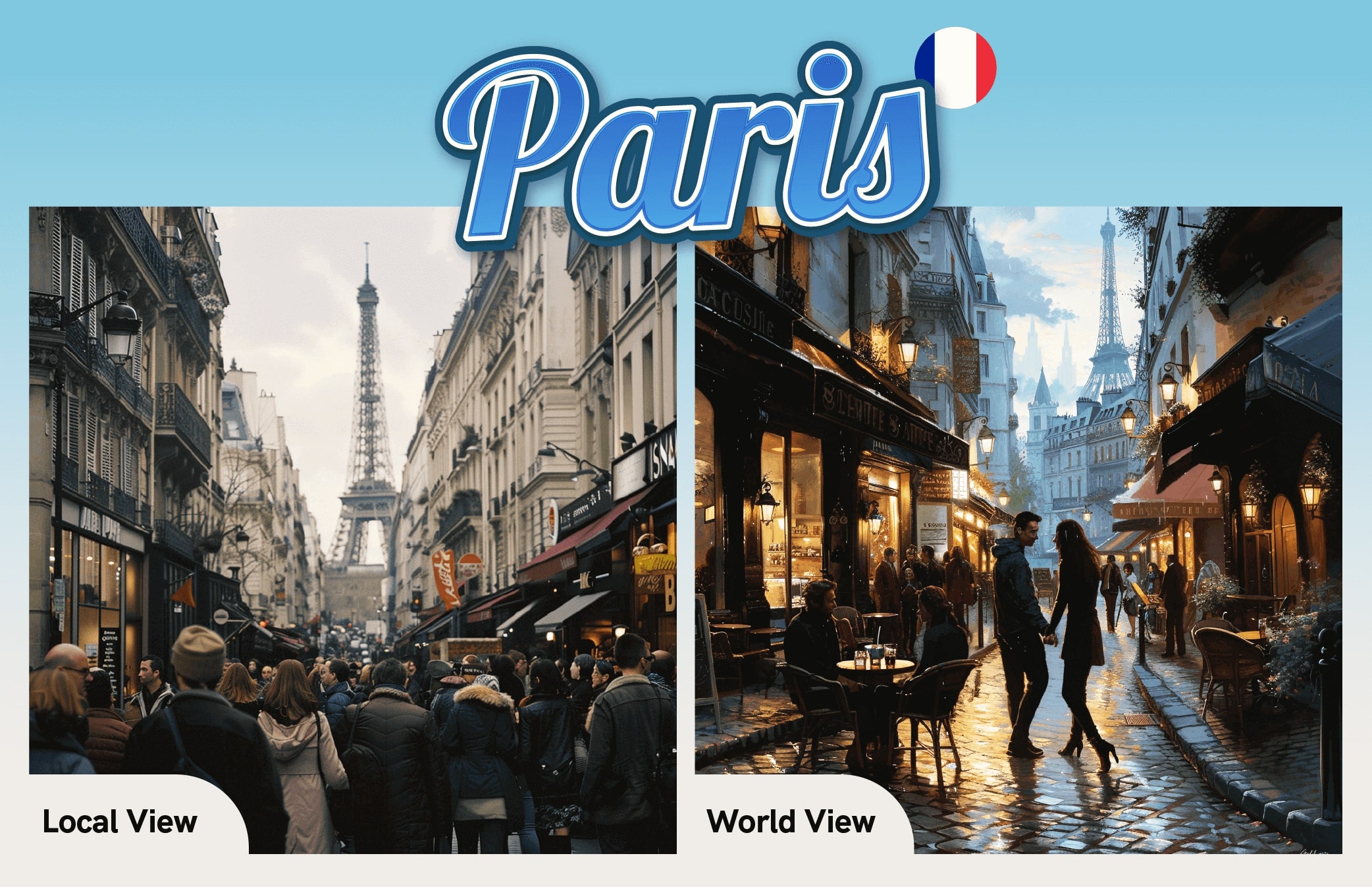
Dubbed ‘The City of Love’ since the 18th century, Paris has always been stereotyped as a romantic getaway with the Eiffel Tower taking the fourth spot on Top Places to Propose with 1 in 679 proposals taking place there. The city’s association with love and romance has been embedded over time in the history and the cultural cache the cobblestone streets hold.
The French capital often ranks in lists for most visited cities and in recent years, overtourism has become an issue for Parisians, and it has been suggested that France is attempting to tackle overcrowding by decreasing interest in well-known destinations for less traveled areas.
Over 86.7 million visitors are estimated to arrive in Paris every year, but with the potential in 2024 to rise due to Olympic attendees, studies suggest that flight searches for France have increased by 25% compared to last year.
For another destination in France, explore Bordeaux.
Buenos Aires, Argentina
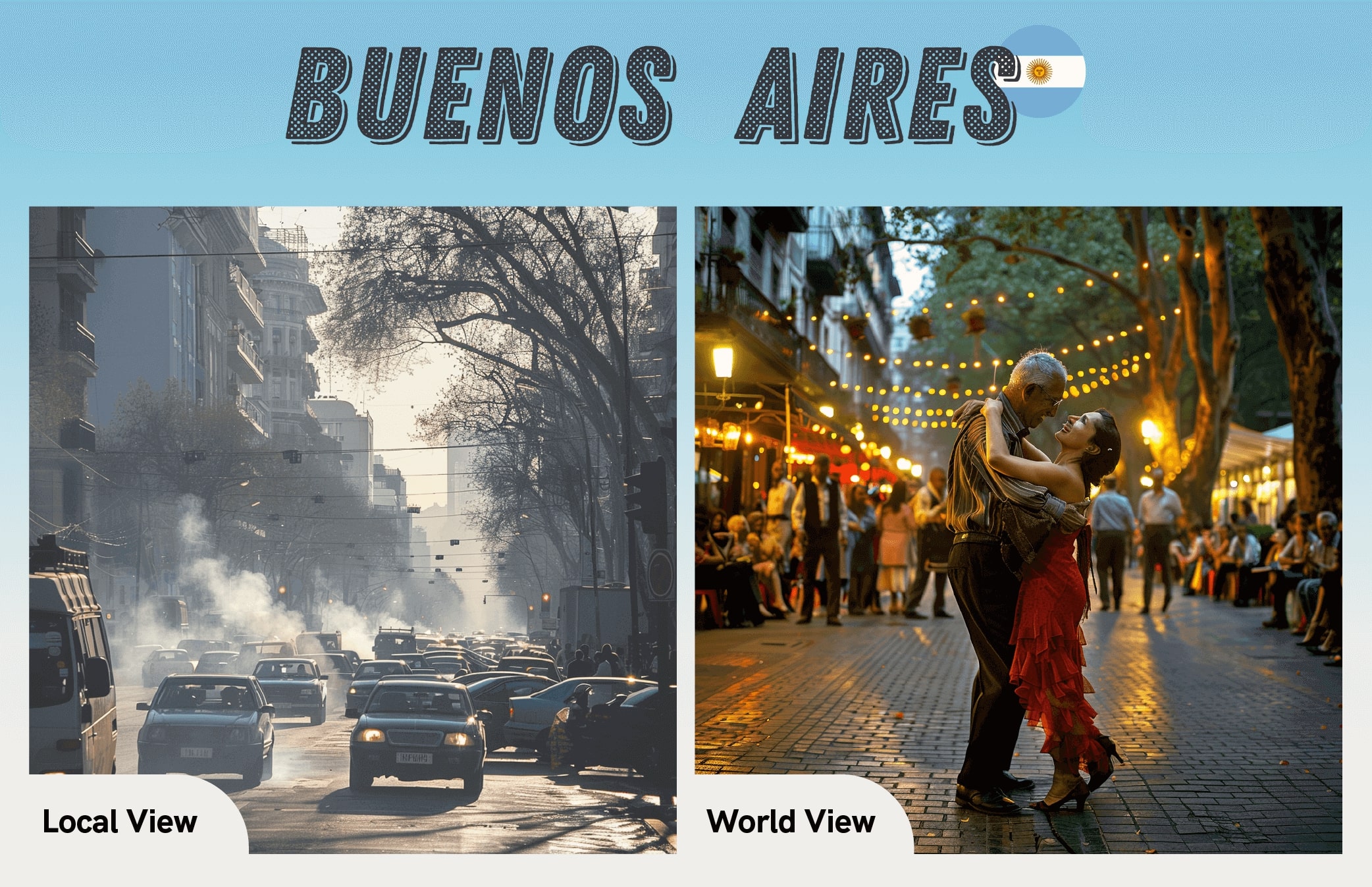
As the capital of Argentina, the Latin American origin of tango ranks high in many dream places to visit. Some believe it to be the ‘Paris of South America’, an opportunity to enjoy empanadas and grilled meats at an asado to sweet pastries at an elegant café.
However, despite the romance and dynamic spirit of the city, the air pollution of Buenos Aires exceeds the WHO air quality guidelines by 2.4 times the recommended value in 2024, a dangerous figure for locals who do note the heavy pollution in the city. Studies show that the transport sector is largely responsible due to heavy traffic, making up 30% of the total greenhouse gas emissions and an average of 24 minutes and 30 seconds to travel 10km in 2023.
If you fancy a performance in Buenos Aires, have a look at our list.
Venice, Italy
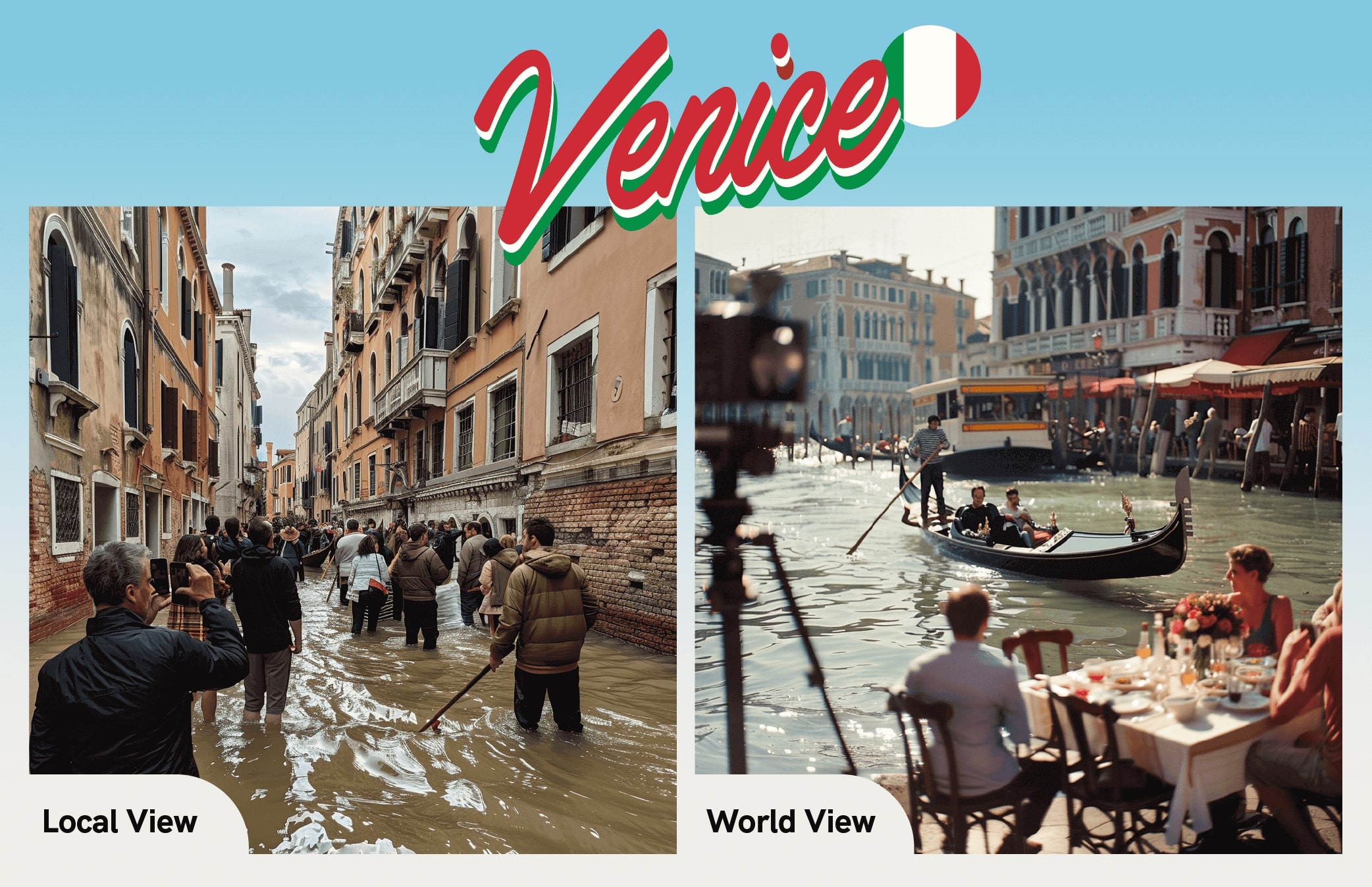
The world looks upon Venice as a romantic idyll, argued to be the second most romantic city, with its endless canals and its prominent architecture, which is known to be a perfect filming backdrop, featured behind Daniel Craig’s James Bond in Casino Royale and The Tourist with Johnny Depp and Angelina Jolie.
Unfortunately, due to its picturesque appeal, overtourism has become a large issue to locals as recent studies of international visitors have indicated that there were 21 tourists to 1 resident in 2023. Due to this level of tourism, Venice has been trialing both an implemented entry fee of 5-euro to day-trippers to deter tourists from visiting during peak times and a limitation to groups of 25 people to avoid disturbances.
On the other hand, the structural integrity of Venice itself has become a concern in recent years due to the city, made up of 177 canals, sinking on average two millimeters per year. Some believe that the impacts of global warming could mean Venice will sink completely by 2100, therefore the restriction on tourists is important to ensure the city can last as long as it can.
Explore the canals of Venice here.
Miami, USA
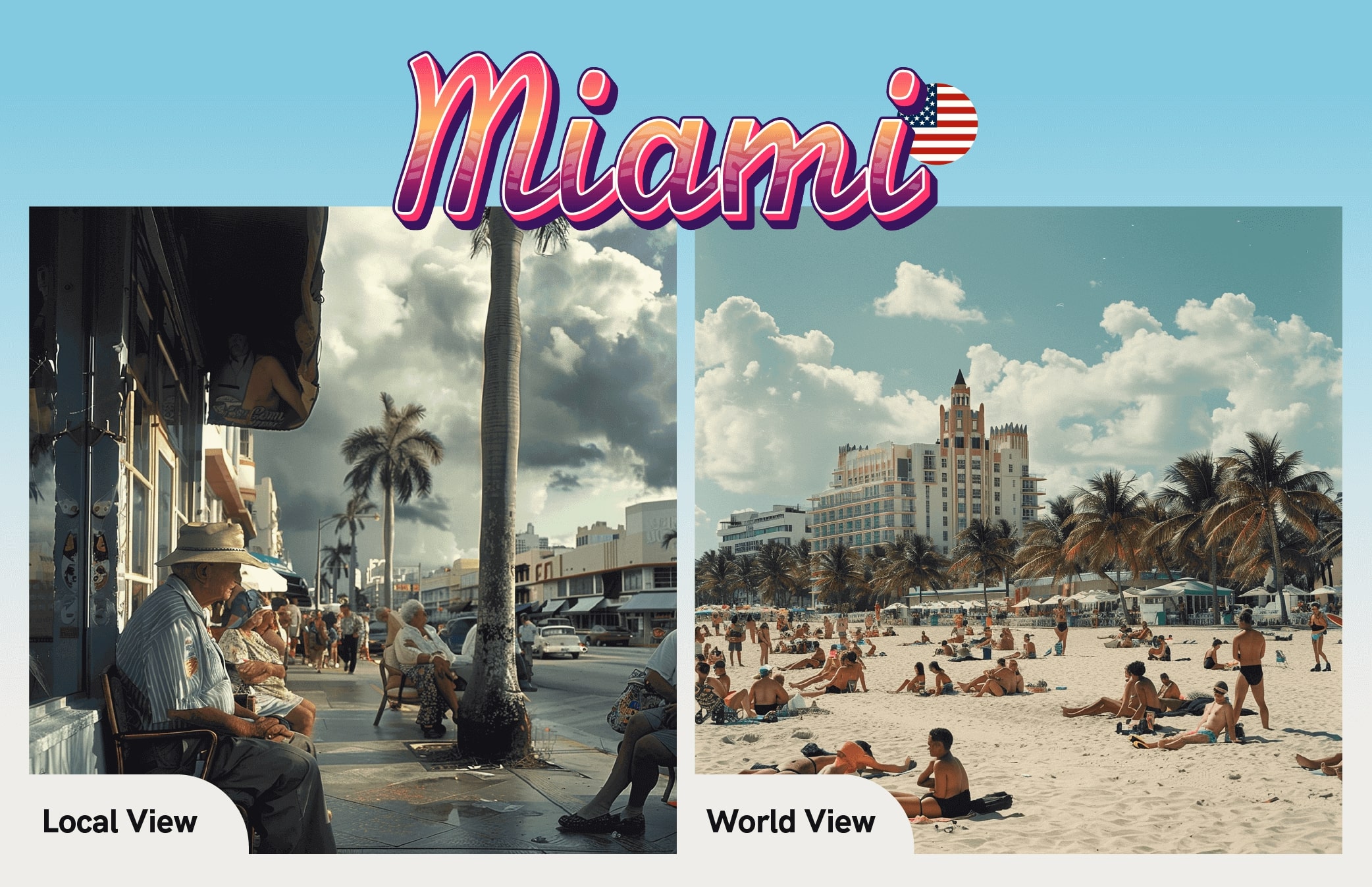
To many, Miami is thought of to be a beach paradise, one of the largest cities in the Sunshine State of Florida, with iconic Art Deco architecture and an ambiance of relaxation. It is also a hub for sports and street art, a city filled with personality and culture. But those stereotypes don’t necessarily match the local view of a city that is in Hurricane Alley, a region of the Atlantic where many hurricanes form.
Miami has a 16% chance of being impacted by hurricanes, with a high risk of property damage and flooding, which often has disastrous impacts.
People from Miami have also noted the number of wealthy retirees in the city, which has recorded a 75% increase in millionaires taking up residence in ten years. In Florida, there is the absence of state income tax, which is a financial incentive for the affluent, but it has come with challenges to the locals with rising costs of living.
See also: Fun Things to Do in Miami.
Tokyo, Japan
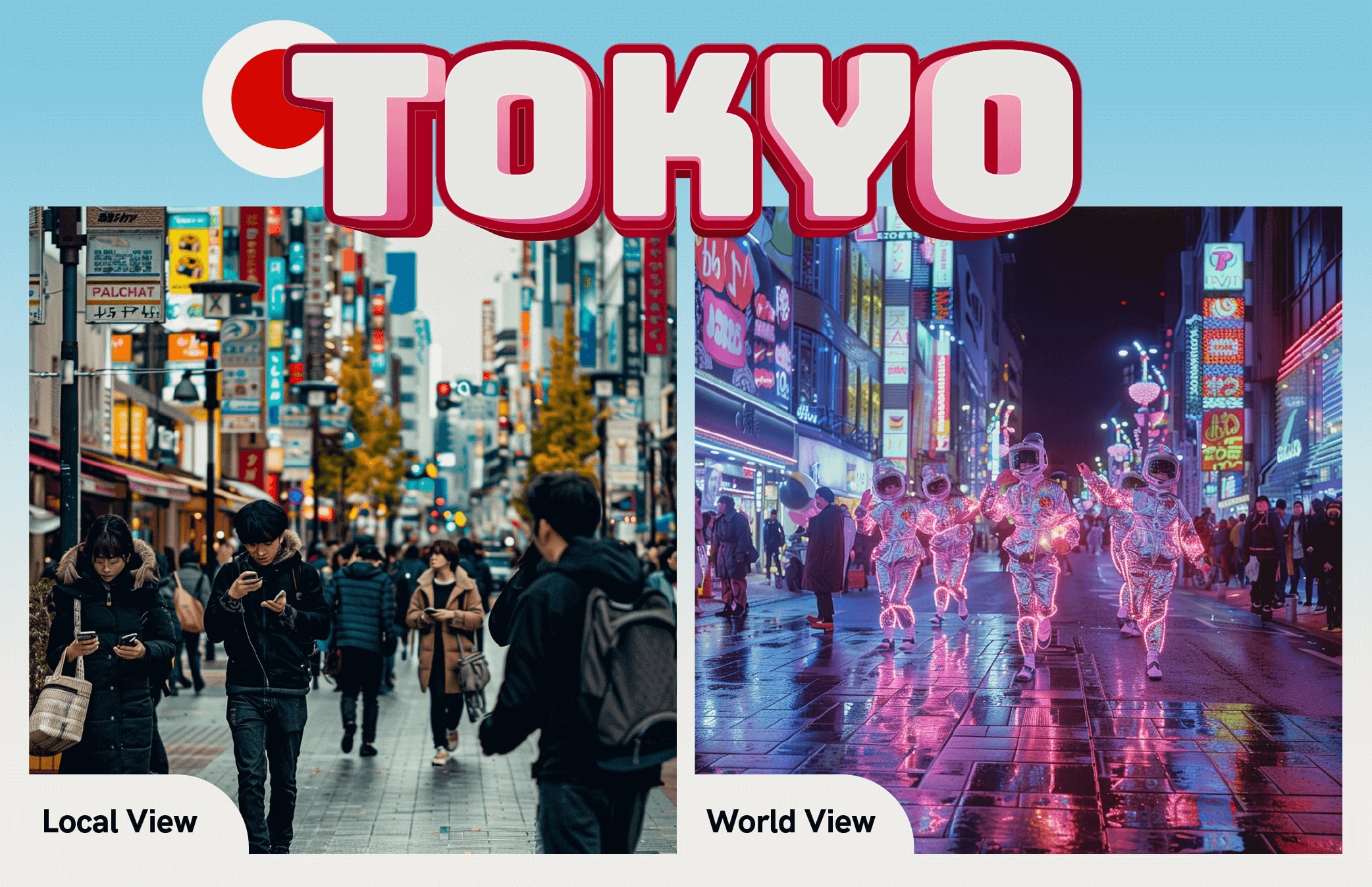
From the outside, a hub of Japanese pop culture and futuristic innovation. From the inside, a city that is felt to be busy and impersonal. Tokyo represents the core of Japan, a country consistently pushing the boundaries of creativity to create such a vibrant location to live in and explore, yet with the usual pitfalls of urban life. The capital is a bucket list trip for many, with an estimated 2.7 million international travelers landing in Japan in February.
However, in recent times, Tokyo has been suffering from overcrowding, the population of 37 million people proving too much and has meant that the Japanese government is rolling out cash incentives to get people to move out of the city. Families are receiving 1 million ¥ to relocate per child in April 2024, which is triple the amount they were offering before, highlighting how the issue is a massive priority to resolve.
To witness the city’s cutting-edge advancements, take a look at our list of the most fun and unusual things to do in Tokyo.
Cape Town, South Africa
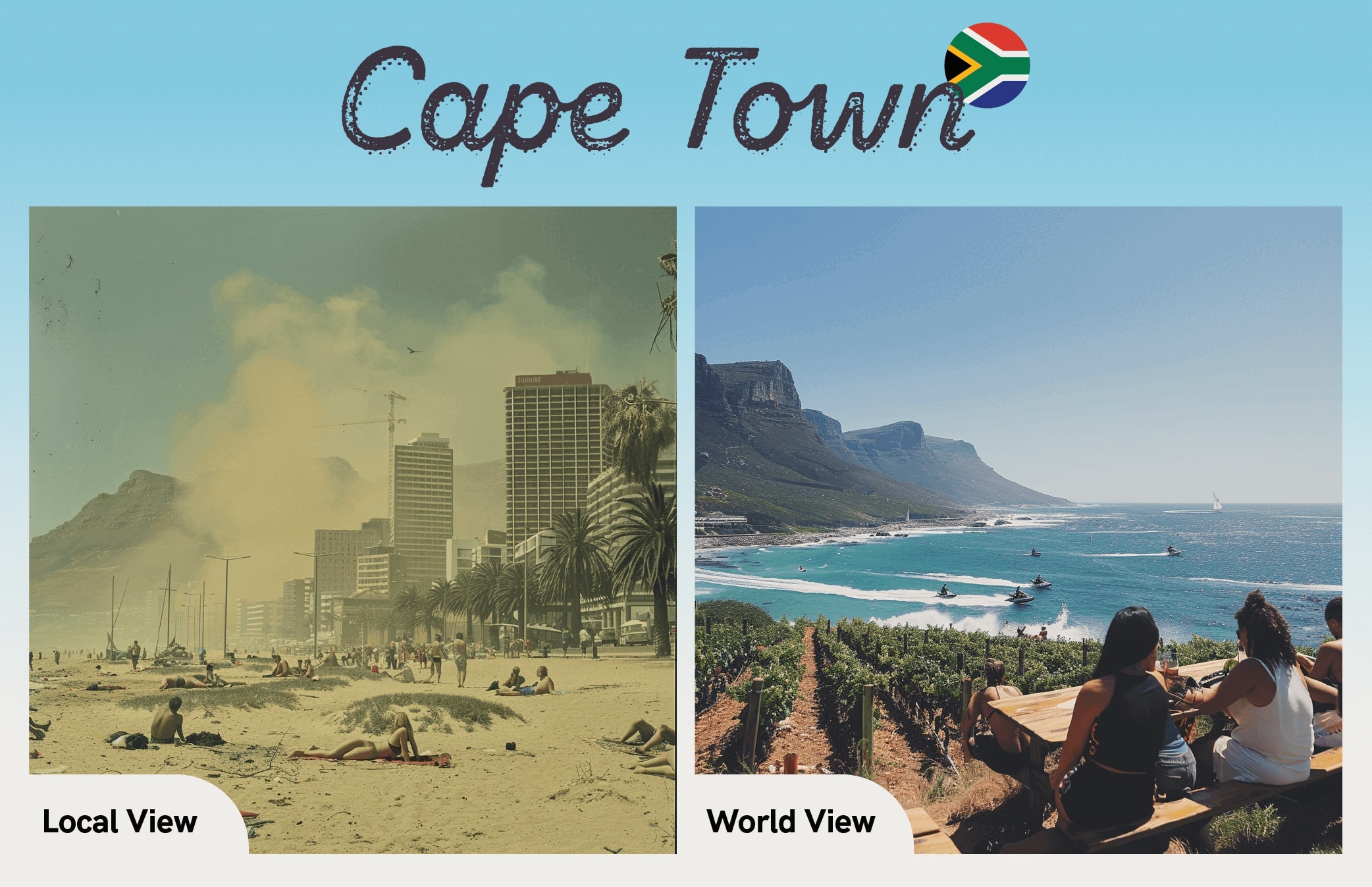
Regardless of being a local or a globetrotter, Cape Town, is a spectacle of natural beauty, with its breathtaking harbor and incredible wildlife. It is growing as a place to visit, with many wanting to enjoy the variety of adventure sports that are offered on the coast or escape to the heart of the Cape Winelands.
There has been an upsurge in wine-related tourism, with South Africa reaching 7.6 million international tourists between January and November in 2023, which was an increase of 52% from 2022.
With the weather being a contributing factor to visit for vacationers, for many of the locals, this rings concern of drought which has frequented the city in the past few years. Between 2017 and 2019, Cape Town nearly ran out of water during a water crisis, dubbed ‘Day Zero’. But today, their dam levels are at 69.8% total storage at summer’s end and a water crisis to that degree has a less likely chance of happening again.
See also: Cape Town: Sightseeing Tours.
Bangkok, Thailand
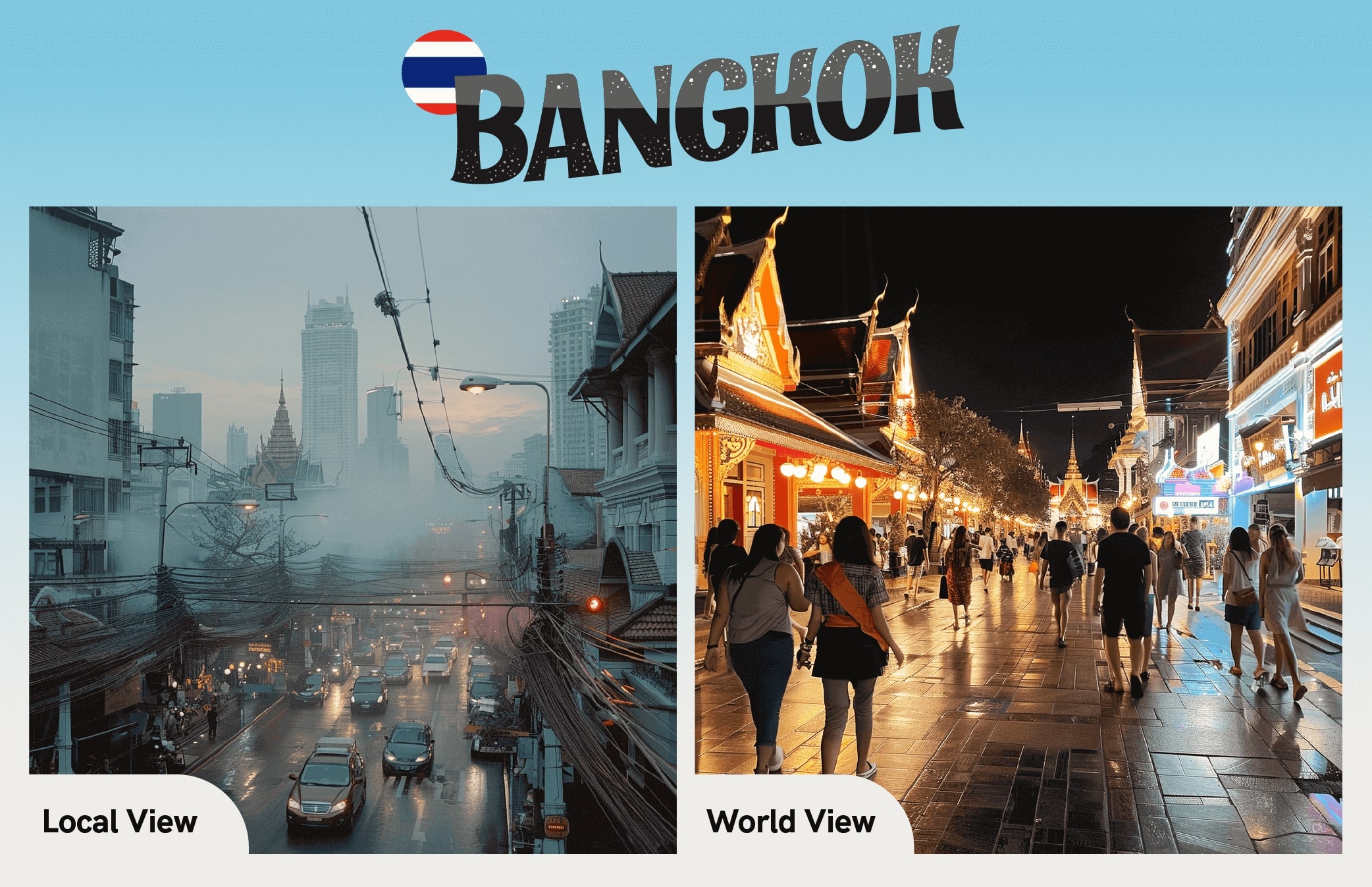
Thailand’s capital exudes the two sides of Thai life, with the modern and the traditional contrasting in a city that is often seen as a party city, full of shopping centers and districts that are bursting with unique culture to explore. It was recorded to be the most visited city in 2023, with tourism beginning to regain its numbers since COVID-19.
Pollution is one of the largest issues faced by Thailand, and for locals, the consequences of
agricultural practices of burning crops during summer have led to increased levels, with air pollution measuring up to 163 on the Air Quality (AQI), which has led to orders for employees to work from home. This can often disrupt the day-to-day living of the city and it is best to stay away during those months when agricultural burning is at its peak.
Check out our itinerary recommendations for visiting Bangkok at 3 days in Bangkok.
Kuala Lumpur, Malaysia
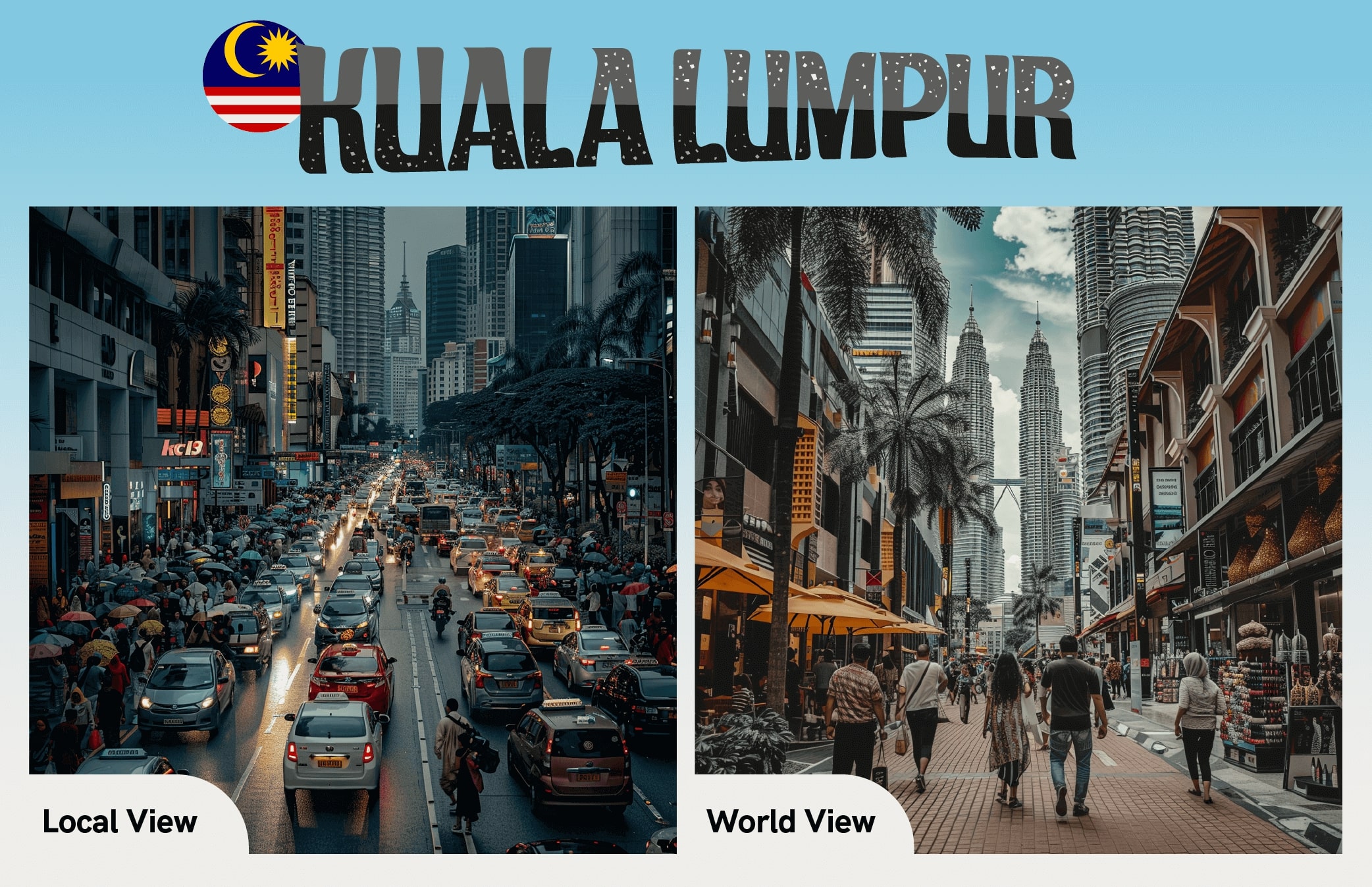
Housing one of the tallest buildings in the world, the Petronas Twin Towers at 452 meters, the Malaysian capital is considered by the world to be a diverse metropolis, boasting dozens of malls for seasoned shoppers to peruse. It is a relatively new city, officially recognized in 1972 and it is known for being a gem of Southeast Asia, a melting pot of culture and beauty.
However, like all major cities, the traffic here is a significant frustration for locals and the city is 9th in Asia for levels of congestion recorded at 43%. This shows how difficult it is getting around the beautiful city, alongside increases in tourism to Malaysia year by year with over 20 million visitors in 2023 alone.
Traveling to Asia soon? Look here for the best places to visit in Southeast Asia.
London, UK
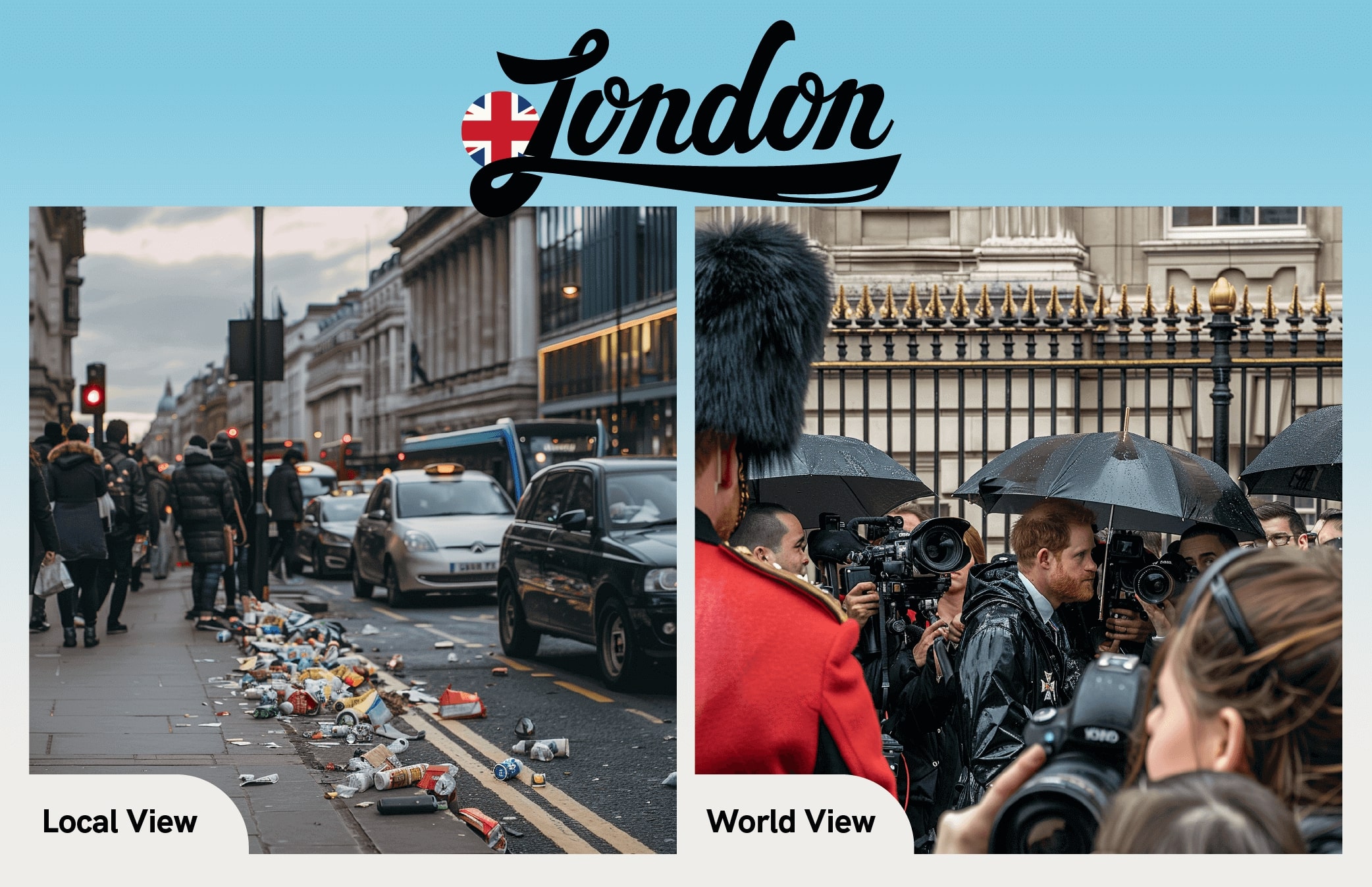
London has many stereotypes, such as the home of a historical dynasty in the royal family which attracts many tourists to the gates of Buckingham Palace. The UK Monarchy has a capital value of around £67.5 billion and brings in £64 million per year as an attraction for international travel.
Alongside them, many famous venues are popular with visitors and there were 146.6 million visits recorded in 2023 – the top site being the British Museum in Bloomsbury with 5.8 million visitors. It is also seen as a prominent film backdrop with it being used frequently by the film industry for location shoots, like Richard Curtis’s quintessential British romances like Love Actually and Notting Hill.
However, the throngs of tourists have led to Londoners viewing the city as too busy and the city has been recorded by the TomTom Traffic Index as the slowest city in the world to travel in. The city offers many transport links to every nook and cranny, but by road, it seems exasperating.
The city’s hygiene has also been an issue for inhabitants, with an increase in ‘polite littering’ where street cleaners are reported to be collecting 2 million items of litter a day, which is being combatted by Anti-Littering Campaigns.
Read our suggestions for Fun Things to Do in London at Night.
Barcelona, Spain
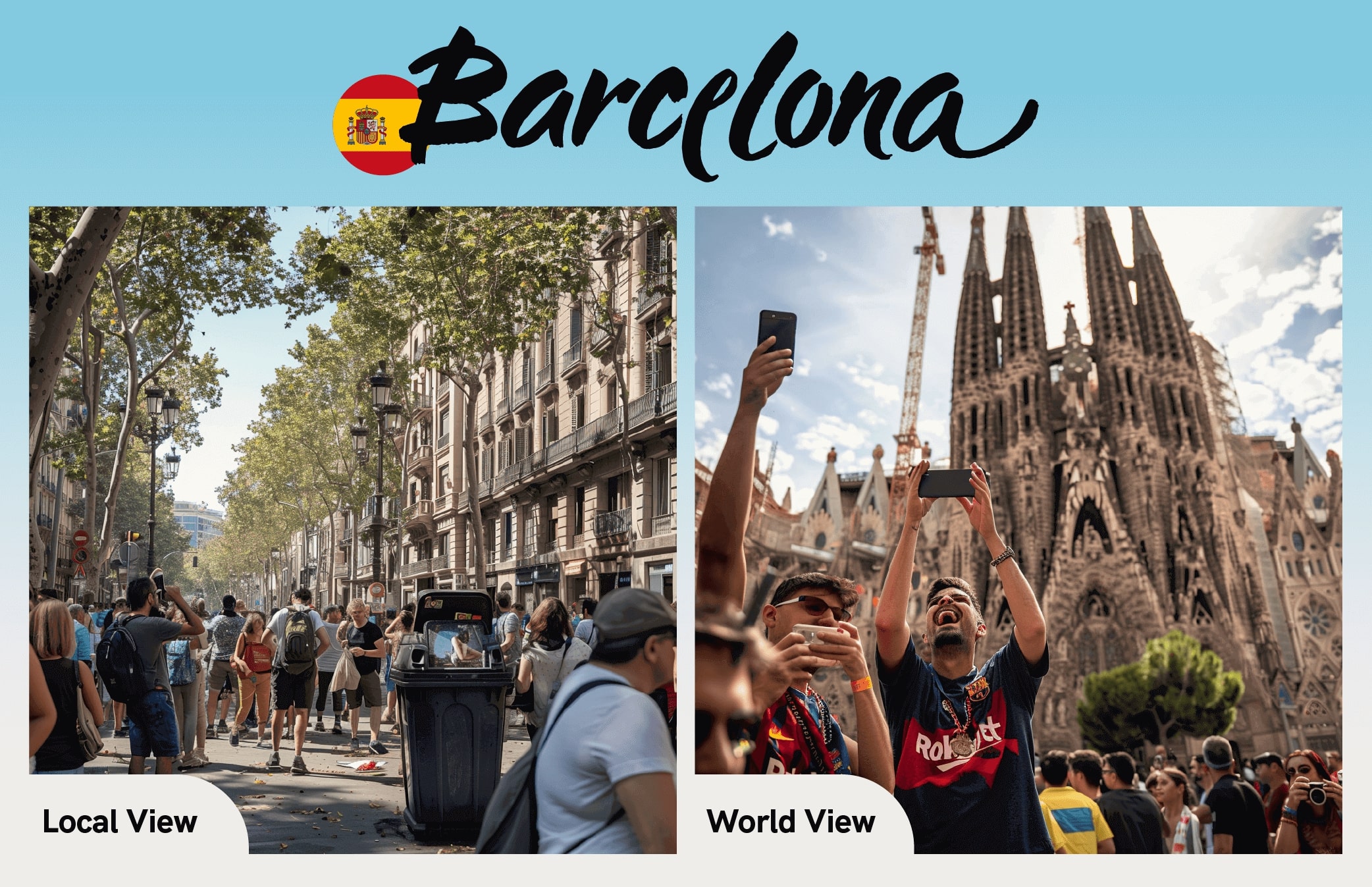
Famous for its football team, Barcelona is an architectural feast for the senses, blending the modern and gothic to produce one of the most distinctive cityscapes in the world. It is the largest city of Catalonia, an autonomous community in Spain and is home to the Basilica of the Sagrada Familia, an architectural wonder to many. It is no wonder why it is such a popular destination for worldly travelers, but this does come with its drawbacks.
In recent years, Barcelona has also been enforcing new measures to combat tourism, with noise restrictions, limiting numbers and one-way systems for tours in certain areas of the city. It was recorded that there were 1.6 million inhabitants to 12 million tourists in 2023, leading to definite issues with the city being unable to accommodate so many people.
In 2024, after a long-lasting drought, Barcelona experienced rain during April and tourists began to arrive, upsetting many Catalonians. This was due to the surge in water consumption with estimations from Barcelona city hall of locals using 99 liters of water per person, as opposed to tourists in hotels using a much higher amount of 163 liters.
This combined with the city being named the sixth-dirtiest city in Spain has meant that the fervor of the city has been slightly lost.
If you’d like a stroll through the city, read on for the best walking tours in Barcelona.
Rome, Italy
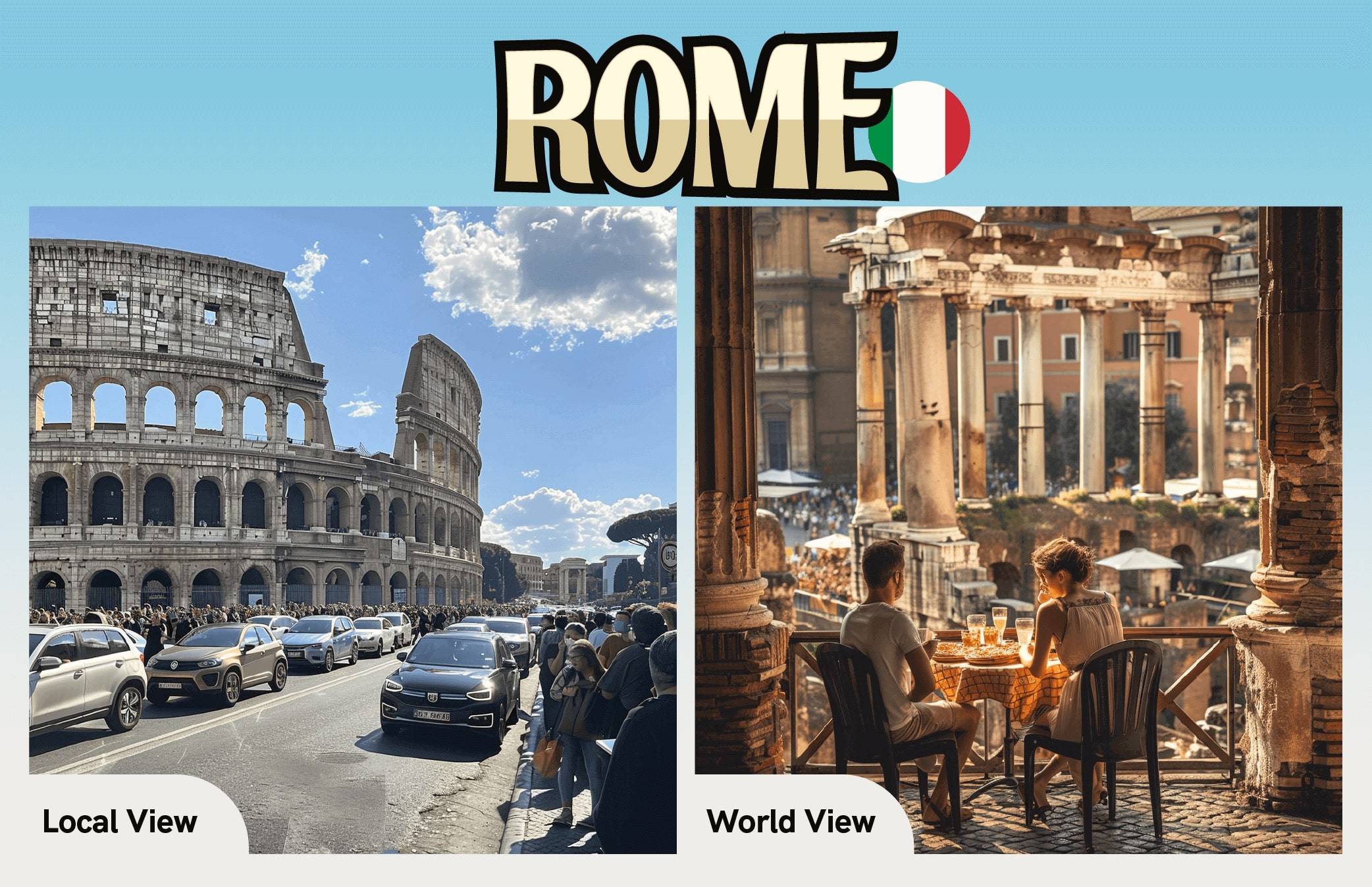
Declared the most aesthetic city, Rome, houses one of the Seven Wonders of the World with the Colosseum which attracts over 4 million visitors annually. The city is a symbol of civilization with gorgeous romantic vistas and a true representation of the Italian lifestyle, full of history from the Roman Empire and incredible architecture that beckons many to come and stay.
Rome’s popularity with approximately 10 million tourists visiting every year makes it the second most-visited city in Europe. This has led to inhabitants of the city viewing the city as chaotic from crowds during vacation seasons, which has led to measures being taken to reduce the chaos, such as restricting access to the Trevi Fountain and banning people from sitting on the ‘Spanish Steps’.
Traffic also poses a disturbance with Rome coming in at 12th in the world on the Traffic Index, having to wait 26 ½ minutes to travel 10 km.
For history and culture lovers, check out Colosseum Tours.
Conclusion
The issues with traffic and overtourism seem to be reaching new highs for all these major cities, the influx of travelers and growth of the population meaning that city transportation is not meeting the high demands, so often people are being turned away from enjoying these cities in favor of less busy streets for residents.
It is fascinating to see the differing opinions on cities between the inhabitants and the global perspective as, for many of the cities, the two viewpoints very much contrast with one another.
Yet for most, both perspectives combine for a fair assessment of these popular locations.
Methodology
Country stereotypes for the local view and the world view were collected from ChatGPT, an AI prompt tool. The stereotypes were then put into MidJourney, an AI image generator, to create an image of the stereotypes of each city from the local and world view.


